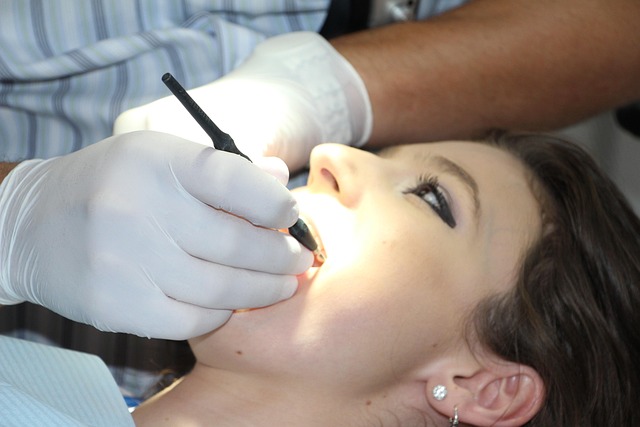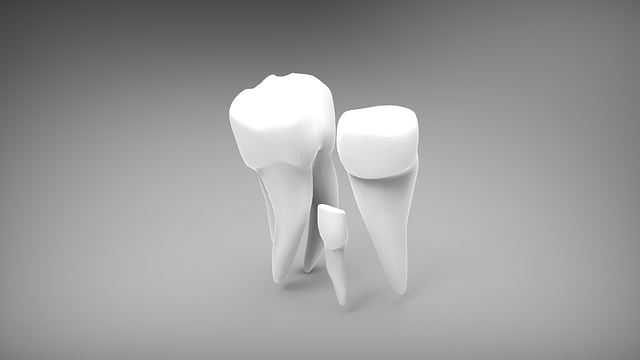Pediatric dentists perform tooth fillings to restore and protect children's teeth from decay, using specialized techniques for comfort and efficiency. They assess damage severity, offer preventive measures, and provide same-day appointments in dental emergencies. Composite resin is favored for durability and aesthetic matching, while ceramic or porcelain fillings cater to cosmetic preferences. Proper aftercare, including good oral hygiene and regular check-ups, ensures optimal healing and long-term oral health.
Looking for a gentle and effective solution for your child’s tooth decay? Kid-friendly tooth fillings offer a safe, long-lasting option for restoring damaged teeth. This comprehensive guide explores everything parents need to know about pediatric dental fillings. From understanding the process to choosing suitable materials and post-treatment care, learn how pediatric dentists provide compassionate care for your child’s oral health.
- Understanding Tooth Fillings for Kids
- When and How Pediatric Dentists Recommend Fillings
- Choosing Safe and Child-Friendly Filling Materials
- Caring for Teeth After Pediatric Dental Fillings
Understanding Tooth Fillings for Kids

Tooth fillings are a common procedure performed by pediatric dentists to restore and protect a child’s teeth after they’ve been damaged or decayed. It’s an essential part of maintaining good oral health, especially for kids who might be more prone to cavities due to various factors like diet and proper oral hygiene habits. When a tooth is affected by decay, the pediatric dentist will remove the damaged portion, clean the area, and then fill it with a suitable material to prevent further damage and promote healing.
Choosing a qualified pediatric dentist for your little one’s fillings is crucial. A dental office for little ones should be equipped with the right tools and techniques to ensure the procedure is comfortable and efficient. Even kids with special needs can receive safe and effective tooth fillings under the care of experienced professionals who understand how to manage anxiety, making it an excellent solution for anxious kids as well.
When and How Pediatric Dentists Recommend Fillings

When a child has a tooth decay or cavity that requires treatment, pediatric dentists play a crucial role in addressing the issue effectively and safely. They typically recommend fillings when the cavity has reached a certain stage, where it may cause discomfort, pain, or even affect the surrounding teeth. The decision to opt for fillings is based on the extent of damage caused by tooth decay, which can vary from minor cavities that are easily treatable to more severe cases affecting the inner layers of the tooth.
Pediatric dentists carefully assess each child’s dental health during regular check-ups, and they often recommend fillings as a preventive measure or to manage early signs of decay. For instance, a pediatric dentist for special needs might use fillings to restore teeth affected by conditions like dental fractures or chronic tooth infections. Moreover, in cases of children’s dental emergencies, such as a broken or severely damaged tooth, fillings can be a swift solution while also serving as a short-term fix until a more permanent restoration is possible. Located strategically near schools, these dentists are easily accessible for same-day appointments to address urgent oral care needs.
Choosing Safe and Child-Friendly Filling Materials

When it comes to choosing materials for tooth fillings for children, safety is paramount. Pediatric dentists prioritize using materials that are both biocompatible and free from harmful chemicals. For primary teeth, which are eventually lost to make way for permanent ones, the focus shifts towards preserving the tooth structure while ensuring the child’s comfort and well-being.
Commonly used filling materials include composite resin, known for its durability and ability to match the natural tooth color. This is often a preferred choice for kids as it doesn’t require drilling much of the original tooth, making it a less invasive option. Additionally, pediatric dentists might suggest ceramic or porcelain fillings for aesthetic reasons, especially when teeth straightening for kids is also a concern. Finding a kid-friendly dentist near me who accepts new patients and has experience with these materials is crucial for ensuring your child receives the best care.
Caring for Teeth After Pediatric Dental Fillings

After a pediatric dentist performs fillings on your child’s teeth, proper aftercare is essential to ensure optimal healing and maintain good oral health. Here are some key tips for caring for your child’s teeth post-fillings.
First and foremost, adhere to the home care advice provided by the specialist for kids’ teeth. This typically includes practicing diligent brushing and flossing routines using age-appropriate toothbrushes and toothpaste. Soft, gentle bristles are recommended to avoid irritating sensitive areas. Encourage your child to avoid sugary foods and drinks, as these can negatively impact the filled teeth and overall dental health. As they grow, regular check-ups with the pediatric dentist will be crucial to monitor the condition of the fillings and guide proper oral care for permanent teeth. Remember, a specialist for kids’ teeth is trained to make these procedures as comfortable as possible, so any concerns or questions can be discussed openly with them. Additionally, home care advice for baby teeth, such as gentle cleaning and avoiding harsh abrasives, is vital to protect emerging permanent teeth beneath the gums. While teeth whitening safe for kids may seem appealing later on, it’s generally best to focus on preventing decay and promoting healthy teeth during childhood.
When it comes to kid-friendly tooth fillings, a pediatric dentist’s expertise is invaluable. By understanding the need for fillings, knowing the right time to recommend them, and choosing safe materials, these dental professionals ensure a child-centric experience that promotes oral health. Proper care post-filling further reinforces good habits, setting the stage for a bright and healthy smile for years to come. Trusting a pediatric dentist for these procedures guarantees both effectiveness and safety, addressing tooth decay concerns while making the process comfortable for young patients.














